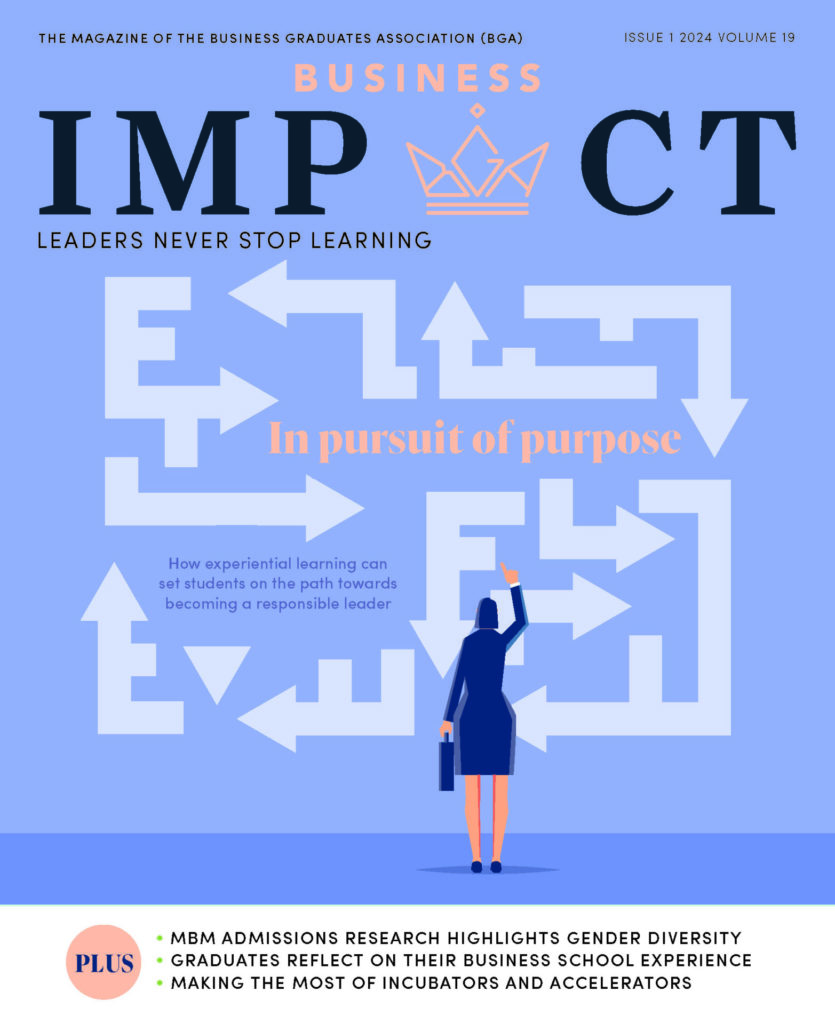For centuries, humans have mythologised the creative process as something magically elusive. The channelling of a higher power; a proverbial light bulb above the head. When all our cultural narratives insist creativity is something mystical, is it any surprise we have problems uncovering insights into its workings?
Whether it’s an idea drought or writer’s block, so many of us feel that there’s no solution to hitting a creative wall and that the only option is to wait it out and pray that a flash of inspiration strikes again soon.
Well, I’m here to tell you why that isn’t the case. Just like anything else, creativity can be enhanced and managed through a variety of techniques in much the same way that a diet and exercise plan can improve your general health. But before we get into those techniques, let’s get some myth-busting out of the way.
Leaving binary thinking behind
Mindset plays a huge part in our propensity to be – or not be – creative. Psychologists have identified two key mindsets which have an uncanny ability to predict success later in life: a growth mindset and a fixed mindset.
While those with a growth mindset see intelligence, talent and creativity as something which can develop and evolve over time, those with a fixed mindset believe our baseline levels of intelligence, talent and creativity are fixed and cannot be improved by practice or through study.
The truth is that none of us are fixed – we are ever-evolving. You only need to look at human history to see that this is true, and I’d bet you know a few people in real life who have grown and developed over the course of their life.
When I have conversations about creativity with people in the corporate world, many of them will tell me they’re simply “not the creative type” or that they’re “left-brained people” from which they mean that creative thinking doesn’t gel with them. This kind of black and white, binary thinking is a huge part of the problem. Not only has the myth of being left or right brained now been busted – there’s no reason why a person can’t be good at both art and science – but there’s also no such thing as a ‘creative type’. Or rather, anyone can be a creative type given access to the right knowledge and techniques, plus an all-important extra ingredient of self-belief.
Accessing your creative spirit
Picture yourself as a creative person. Not a real person, but simply your idea of how a creative person might look. For a lot of people, the image that springs to mind is of someone with a bohemian style. We have that idea that creativity can’t exist in shirts and suits; that it’s something arty, a gift bestowed on a lucky few. Let go of this idea. Being able to recognise that anyone can be creative gives you permission to access the hidden depths of your own creative spirit.
In case you need any more convincing, there is also research which suggests that there is no ‘creative gene’. While there are certain genetic predispositions that are associated with neuroplasticity, which might improve a person’s ability to be creative, these do not guarantee it. Instead, the attitudes, ideas and techniques a person uses are far more effective predictors of how creative a person might be.
In nine out of 10 cases, a creative block appears because of limits on our thinking. Let’s start by running through a few common scenarios and then dive into how you can push past them.
The first thing to assess when you’re struggling with a creative block is your approach. Are you being a perfectionist? Are you afraid of doing the wrong thing? Are you putting undue pressure on yourself? Striving for perfection may sound like a good thing, but it is a huge killer of creativity. Just take a look at some of the most creative people to ever walk the earth – from Steve Jobs to Albert Einstein – failure was a key ingredient in getting each to the end goal of their ultimate success.
You may well find that giving yourself permission to be messy and get stuff wrong starts to lift the fog of your block all on its own. When ideating or looking to solve a problem, I always recommend coming up with two sets of ideas: silly, outlandish ideas and more restrained, sensible ones. Really go for this. Then, when you have your two lists of ideas, why not try fusing the best silly idea with the best sensible one? Standout ideas so often exist in that sweet spot between madness and sanity. Try it and you might just be surprised.
Challenging thinking traps
The next thing to look at when it comes to creative blocks is thinking traps. You may believe that your thinking is neutral – simply a tool to get you where you need to go mentally – well, I’m here to tell you otherwise. Convention, habit and bias are all blinding forces which can cloud your thinking and block your creativity. I summarise the key thinking traps as selective thinking (a bias which means you favour your own pet ideas) reactive thinking (allowing a knee-jerk response to guide you rather than thinking things through) and assumptive thinking (assuming that the way things have always been done will always work). The final thinking trap to add into this mix is groupthink – the phenomenon where everyone starts to think in silos and agrees with each other, preventing new ideas from flourishing.
So, how can we challenge these thinking traps, I hear you ask? By changing our perspective. Being aware of these thinking traps is the first step to tackling them and the second is to learn to challenge your own biases. List everything you believe and assume about a problem and then try to find ways to flip these ideas on their head – look for ways your own ideas can be proven wrong. Ensure you never jump to action without stopping to strategise first and know that just because something has worked in the past, it doesn’t mean it’s going to work again now.
You can combat groupthink in collaborative settings by having everyone come up with their own individual ideas before coming into a brainstorm session. That way, everyone can go round and read out their ideas without being derailed or influenced by the ideas of others – setting a solid foundation for a truly eclectic and innovative ideation session.
There are plenty of other techniques to help you come unstuck, too – and most work by forcing you out of your own mental comfort zone so you can see things from a different perspective.
For example, reverse brainstorming tackles problem solving by asking you to look for ideas about how you can make your problem worse, rather than better. It might sound a little crazy at first, but I know firsthand that some of the most novel solutions come from unexpected places. By forcing yourself to approach a problem or creative block from an entirely different angle, it removes pressure and frees up your imagination. The number of people who have overcome their own creative blocks in exactly this way is truly remarkable.
No matter what the nature of the creative block you’re currently facing is, I’d like to leave you with a single message and that is to have faith in your own abilities. There is no reason at all why you can’t be just as creative as anyone else. With increased self-belief and a diminished fear of failure, you’ll soon be knocking down creative blocks with the strength of an army. Empower your creative imagination and watch the ideas roll in.








